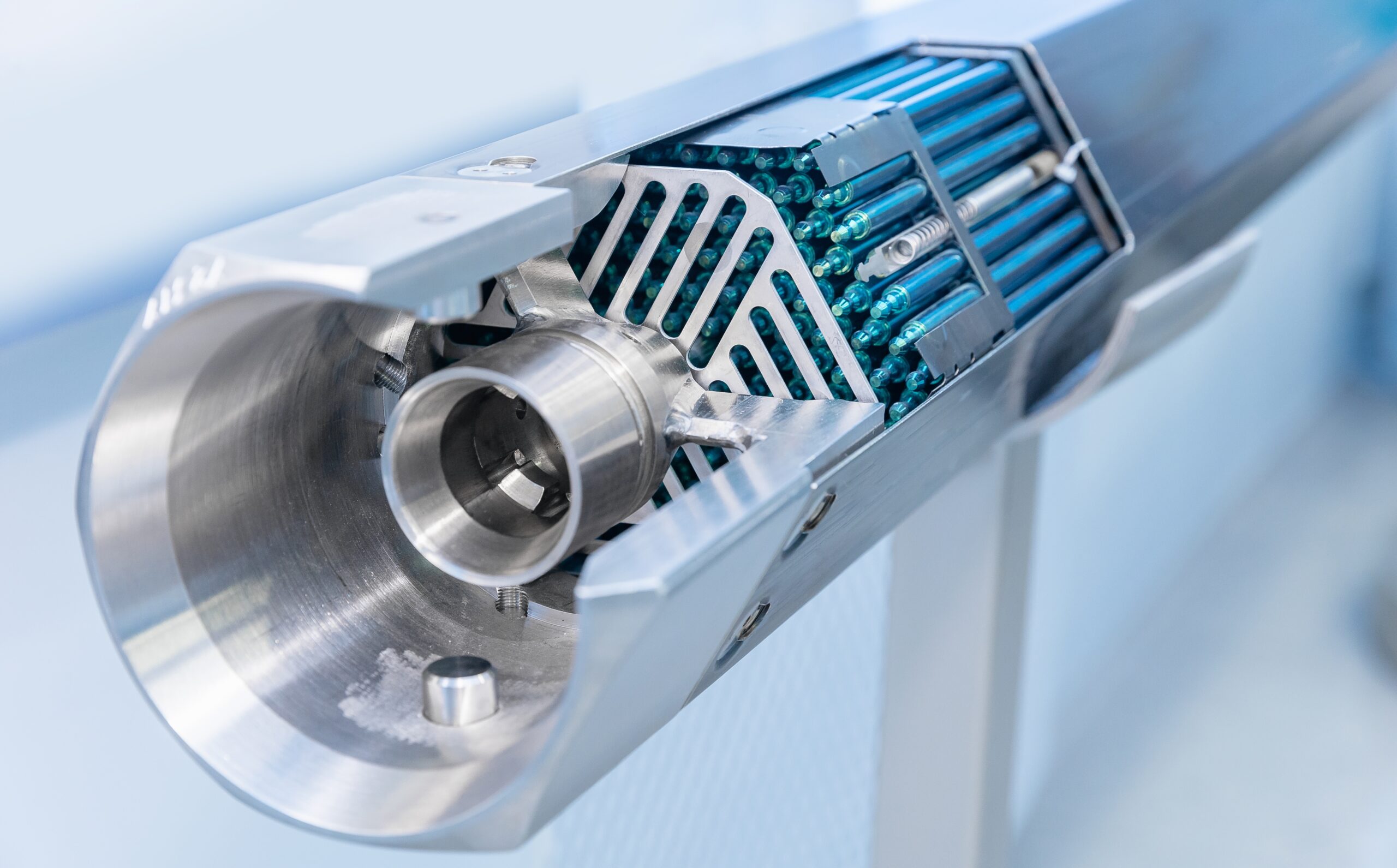
In recent years, a new generation of innovative nuclear reactors, called Small Modular Reactors (SMRs), has been developed with improved safety features, higher energy efficiency, and a lower environmental impact. These innovative nuclear reactors use advanced technologies to generate power more safely, cost-effectively, and efficiently than traditional nuclear reactors.
One of the most significant differences between traditional and innovative nuclear reactors is their energy capacity and output. Traditional nuclear reactors typically have a power capacity of up to 1,500 MW, while SMRs can generate up to 300 MW of power or less, making them more efficient and compact. However, SMRs can be installed in remote areas or in combination with renewable energy sources to create hybrid systems that are both sustainable and reliable.
The cost of production of traditional nuclear reactors is much higher than that of SMRs. Traditional nuclear reactors require extensive infrastructure, including expensive containment structures and cooling systems, and complex safety systems, which make them more costly to build and operate. In contrast, SMRs are designed to be modular and scalable, which significantly reduces their cost of production. Furthermore, since SMRs are smaller, they can be produced in a factory, reducing the time and cost of production.
William Magwood IV, director-general of the Nuclear Energy Agency, an intergovernmental agency that promotes global cooperation on nuclear technology said,
Small modular reactors can be designed to ramp up and down with the demand in a very flexible way, in a more cost effective manner, in order to fit more neatly with this emerging new electricity system that will include renewables as well as other sources of supply.
Safety is another significant difference between traditional and innovative nuclear reactors. Traditional nuclear reactors have a reputation for being unsafe due to incidents such as the Chernobyl disaster in 1986 and the Fukushima Daiichi nuclear disaster in 2011. Innovative nuclear reactors, particularly SMRs, have advanced safety features that make them much safer than traditional nuclear reactors. SMRs are designed with passive safety features, which means they do not require human intervention to shut down safely in the event of an emergency.
Nuclear waste is also a significant concern when it comes to traditional nuclear reactors. Traditional nuclear reactors produce large quantities of radioactive waste, which can take thousands of years to decay and poses a significant environmental hazard. SMRs, on the other hand, produce much less radioactive waste, and some SMRs can even recycle spent fuel, which reduces the amount of radioactive waste produced.
The future of traditional nuclear reactors is expected to decline due to the above-mentioned challenges, while the future of SMRs is expected to grow. Governments around the world are increasingly turning to SMRs as a cleaner, more sustainable source of energy. The International Atomic Energy Agency (IAEA) has identified SMRs as a key component of the future energy mix, and many countries have initiated programs to develop and deploy SMRs.
